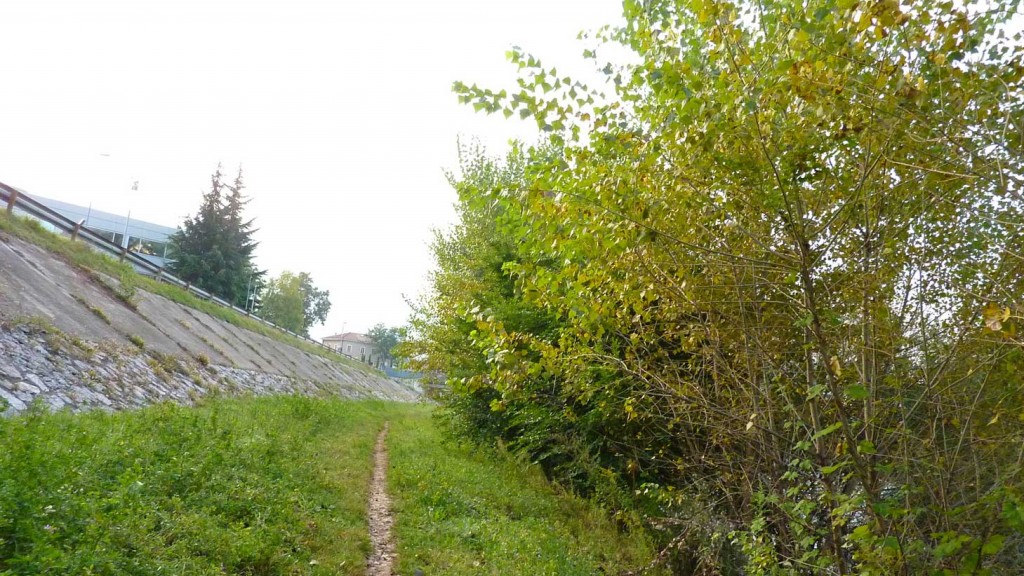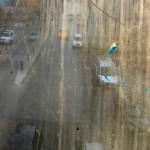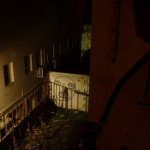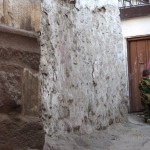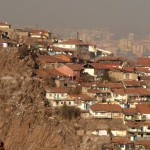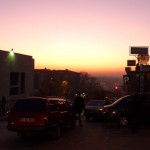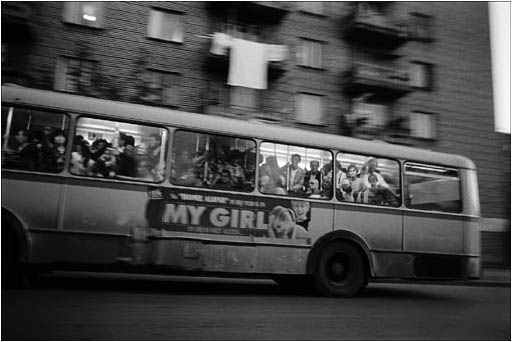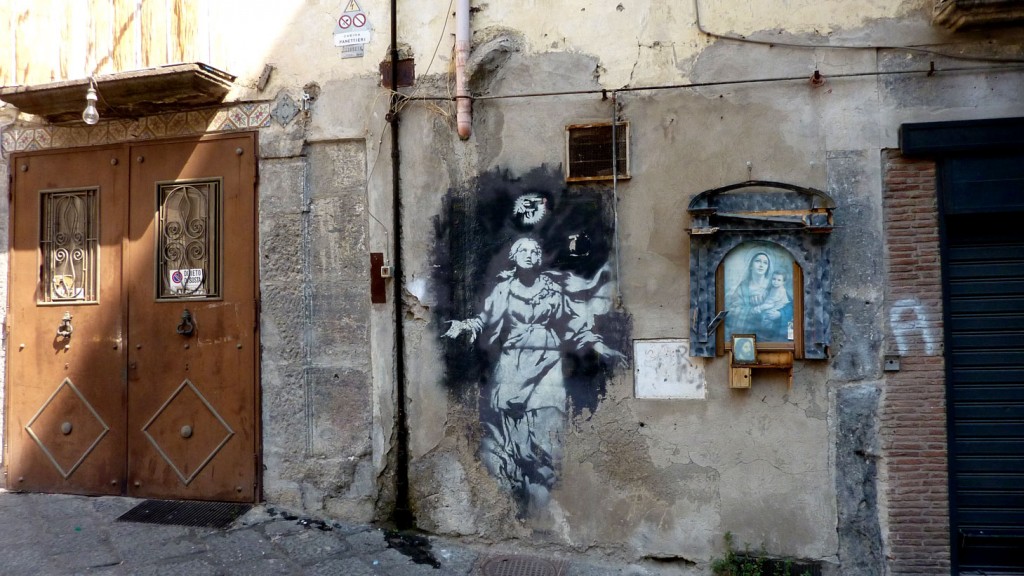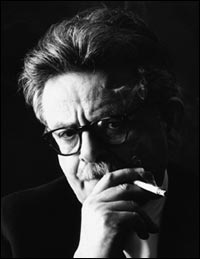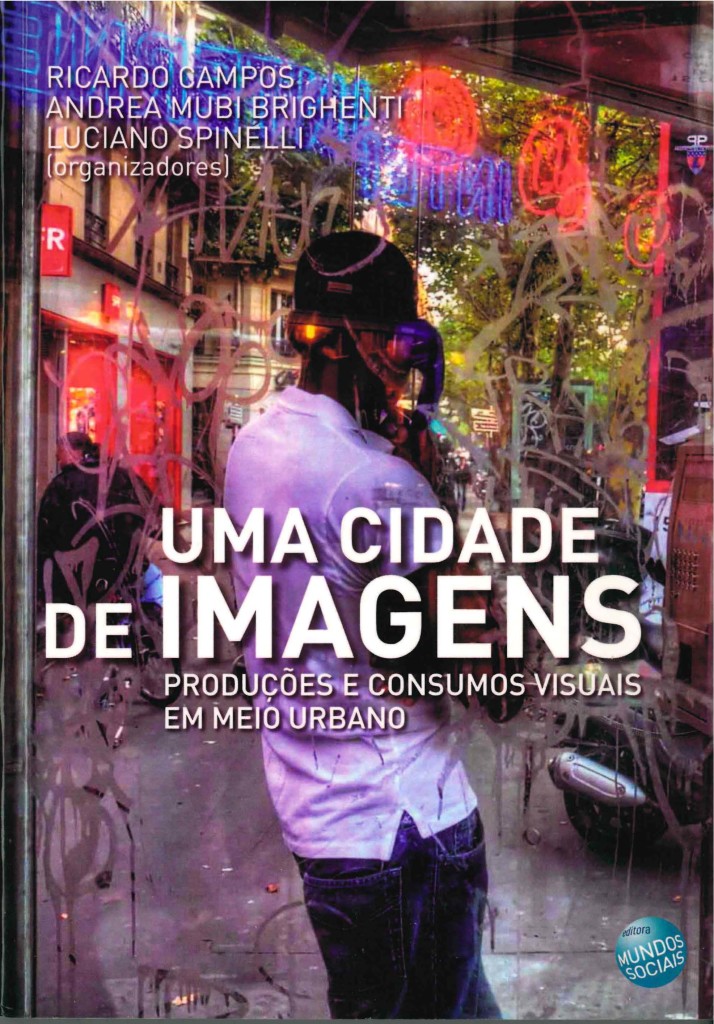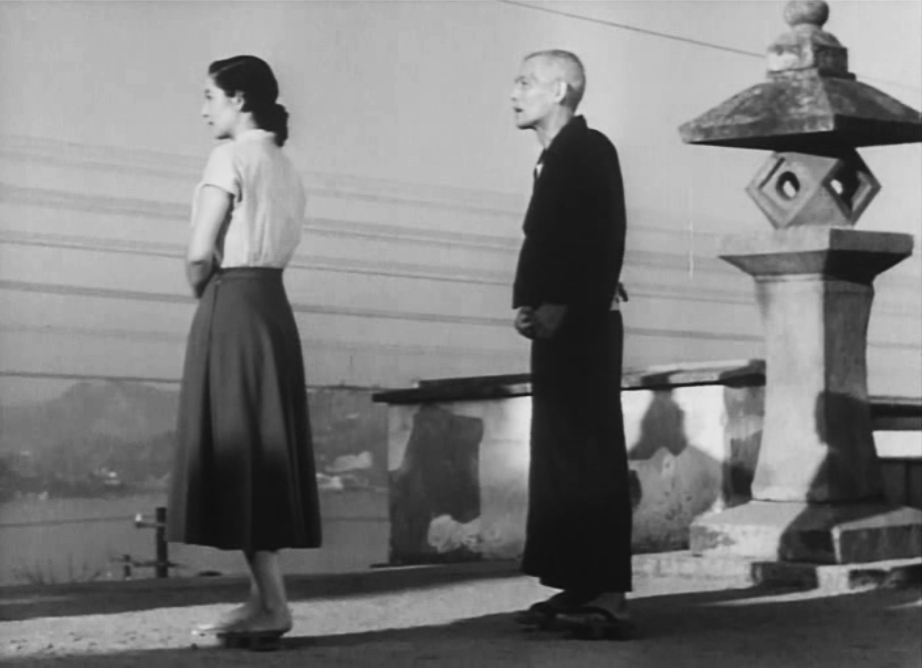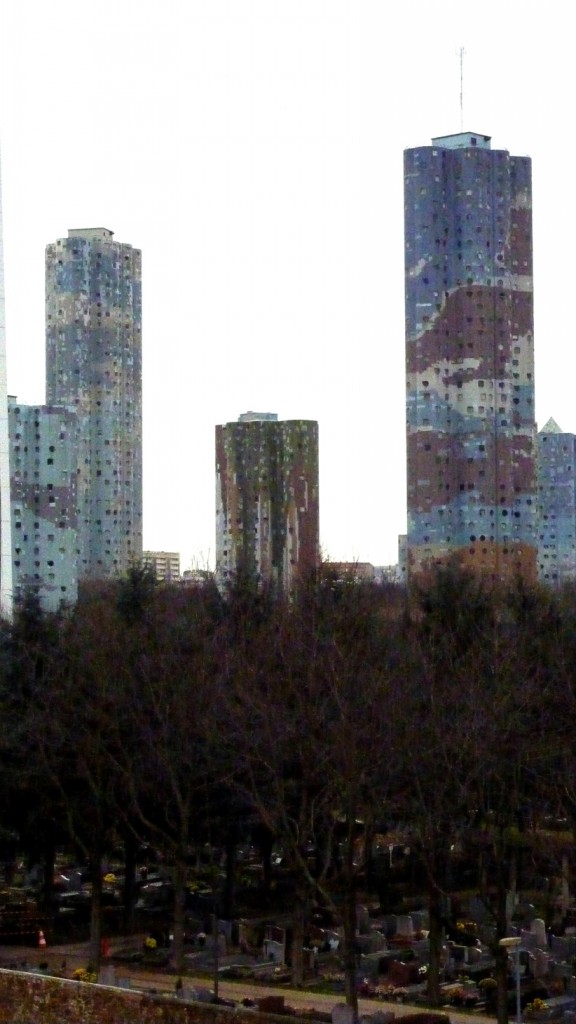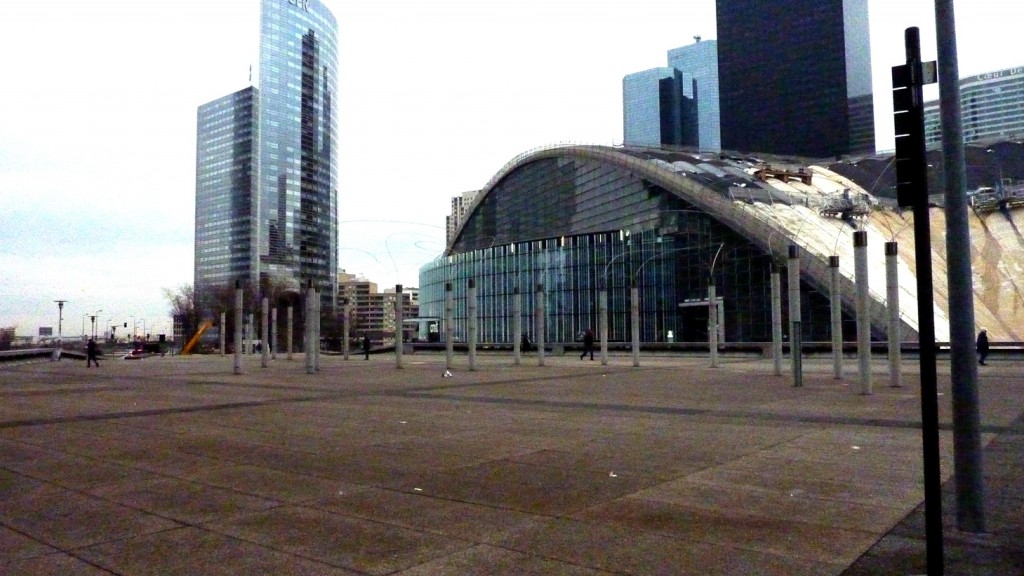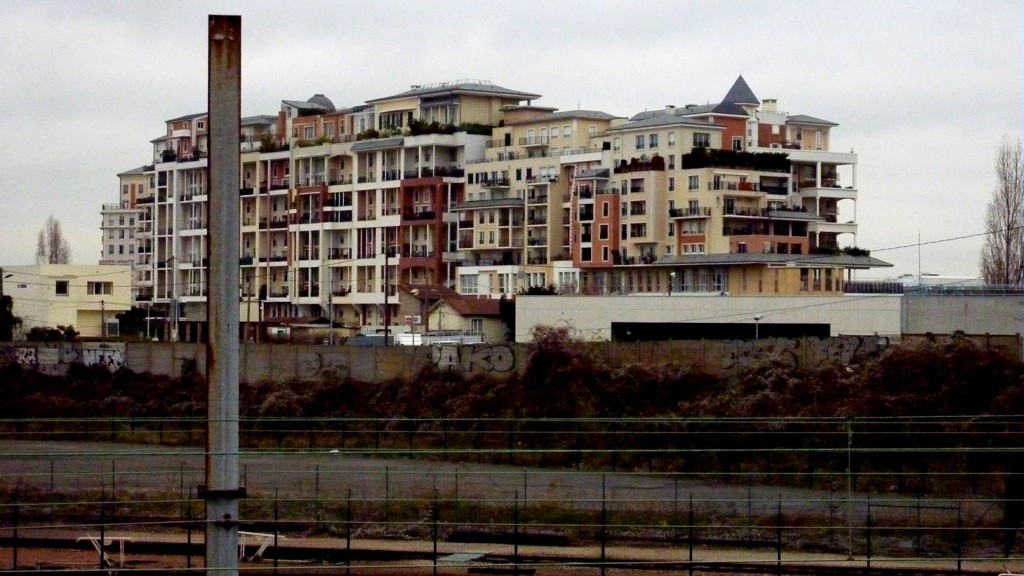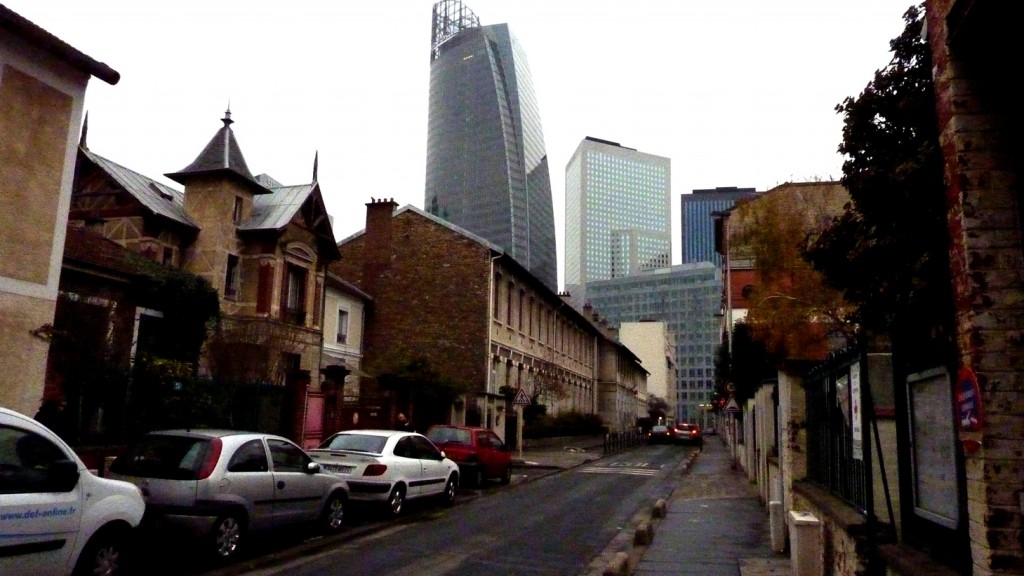Pubblicato in Cosmopolis, VI, 2/2011
La maggior parte delle critiche mosse contro i mass media e la società di massa durante il corso del ventesimo secolo sono state, come ben si sa, critiche rivolte contro la passività, l’anomia e l’alienazione del fruitore. Tali effetti venivano imputati in primo luogo al diagramma stesso del flusso di comunicazione, alla sua forma broadcast, uno-molti (o meglio, pochi-molti, considerato che gli emittenti sono comunque sempre un gruppo, per quanto ristretto, di professionisti organizzati). I mass media erano allora, come si espresse Jean Baudrillard, “parola senza risposta”. In tal senso, la radice comune delle pratiche e delle tecniche di propaganda (la fabbricazione politica della verità che può raggiungere livelli totalitari) e pubblicità (la fabbricazione economica di miti, sive racconti, di consumo e godimento) è stata più volte rimarcata (senza dimenticare, peraltro, che l’origine della propaganda è religiosa, e che la forma gerundiva del termine contiene una precisa istanza di dover-essere). Così ad esempio, per i situazionisti, le immagini della comunicazione mediata davano vita a una forma sociale che essi chiamarono “spettacolo”, un regime di separatezza dell’immagine dalla vita quotidiana e di conseguente espropriazione dell’esperienza vissuta: le immagini spettacolari, per così dire supra-visibilizzate, si diceva, costituivano un nuovo stadio del capitale, in cui ogni rapporto sociale era definitivamente sussunto al dominio.
Continue reading

